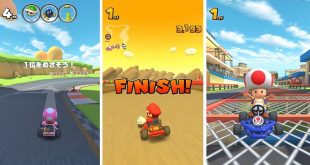Raspberry Pi is a credit-card-sized single board computer developed in the UK by the Raspberry Pi foundation, manufactured in two board configurations through licensed manufacturing deals with Newark element14, RS Components and Egoman. It was first released on the 29th of February 2012 and it is supported by operating systems like Linux, RISC OS, FreeBSD, NetBSD, Pland 9 and Openwrt. As per Glyn Moody, tech writer, this “potential BBC Micro 2.0” is not supposed to “replace PC compatible machines but to supplement them”. It was developed with the purpose of being used in education. With its 700 MHz, ARM11 processor and 512 MBs RAM, it already looks old-fashioned.
Banana Pi has been recently introduced to the market, not as Raspberry Pi’s successor, but it’s clone from a Chinese educational group, per lemaker.org and it is made to be mechanically and electrically compatible with Raspberry Pi modules. Lemaker states that the SBC can run Android 4.4, Ubuntu, Debian, Raspberry Pi Image and Cubieboard Image.
The new SBC costs over 75$ including shipping costs and it comes with a dual-core, Cortex –A7-based Allwinner a20 system-on-chip running at 1 GHz. That’s much faster than Raspberry Pi’s 700MHz, ARM11-based Broadcom BCM2835 processor. It is still unknown if Banana Pi will be a long term project as it is only being used for now by a small group of people in educational environments, as a mini computer.
Some people would say that Raspberry Pi and Banana Pi are the perfect small servers because the power consumption is very low (5-7 W), the parts are not moving, it can be held in hand because of the small size, it is completely silent and it has community support. Also, it can handle resolutions up to 1920 x1200 and it is very affordable.
 Load the Game Video Games, Reviews, Game News, Game Reviews & Game Video Trailers
Load the Game Video Games, Reviews, Game News, Game Reviews & Game Video Trailers



